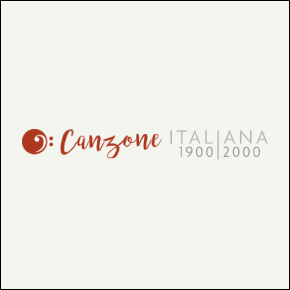ITALIAN ROCK MUSIC
Rock arrived in Italy in the second half of the 1950s, with records and some successful films that had a strong impact on youth culture, triggering a deep generational rift. From the midst of a plethora of imitators, innovators on a par with Mina and Celentano pushed through to the head of the so-called “screamers”, who from rock 'n' roll went on to shape an unparalleled career. These imported rhythms remained a marginal curiosity until the mid-1960s, when the Beat movement exploded and the first groups came to the fore with repertoires mainly featuring covers of foreign hits. Albeit inspired by the Anglo-Saxon progressive rock model, an original Italian-style rock began to appear in 1969: its aspiration was to go beyond the song form and promote the exploration of sounds, rhythms and durations antithetical to the pop song structure, focussing on evocative texts and the creation of “concept albums” that enhanced the 33rpm record format. The Italian progressive rock experience, which helped to create a counterculture around pop (and not yet rock) festivals, ended in the mid-1970s, when new trends appeared on the international scene producing a radical fracture with the past. First came punk, based on concision, meagre instrumentation and a positively anti-establishment and often ironic approach that would earn it the definition of “demented rock”. In the 1980s a style of rock that once again owed much to British and North American influence emerged with the New Wave, and came to form a wide range of experiences labelled as “independent rock” which boosted production, creating a circuit of venues and festivals and giving rise to its own distribution network. Since the 1990s, Italian rock has increasingly opened up to influences from various corners of the world, expanding its melodic, rhythmic and timbric spectrum in the wake of a growing globalization.


















